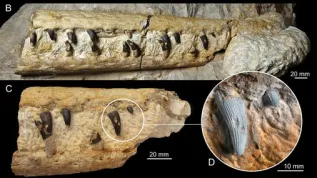
Gdańsk/ 1,500 objects discovered at Westerplatte
1500 items were discovered during the 9th stage of archaeological research at Westerplatte, some of them related to the service of Polish soldiers. The most valuable artefacts, including a military map template, were presented last week at the Museum of the Second World War in Gdańsk.
-
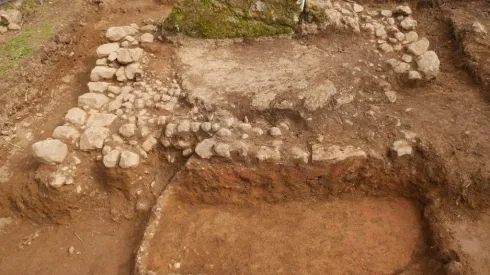
Sip, sip, hooray! Archaeologists find 1,800-year-old Roman winepress
The well-preserved remains of an ancient winepress have been found near the Roman fort Apsaros (today's Gonio near Batumi, Georgia).
-
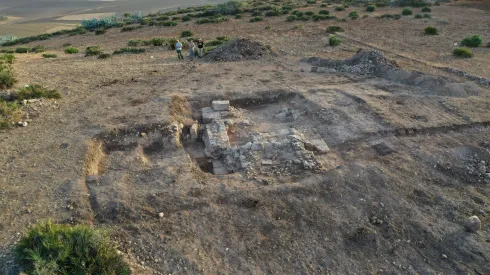
Polish archaeologists co-discover ‘unique’ Roman military tower
A Polish-Maroconian team of archaeologists have discovered a Roman military observation tower in Volubilis, Morocco. 'This is important for research on the system of Roman fortifications built on the outskirts of the empire', says Maciej Czapski, an archaeologist from the University of Warsaw.
-
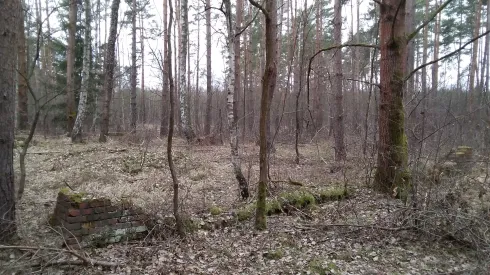
Researchers to investigate WWII concentration sub-camps for victims of Nazi regime
Polish and Czech researchers have teamed up to look for unknown graves at the sites of former German WWII concentration camps.
-
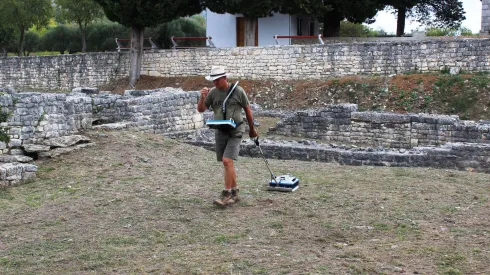
Polish-Croatian team discover ancient temple under church in Dalmatia
The ancient building has massive walls and a rectangular outline (approx. 20 x 10 m). Georadar images show the frame of the entrance, according to scientists most likely in the form of relics of a colonnade.
-
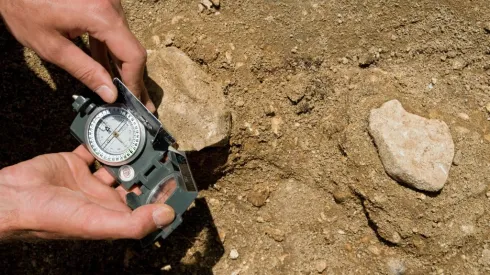
Foundations of medieval church described by Długosz found in Sławków
The foundations of a medieval church have been discovered during conservation work at the Chapel of St. Jacob in Sławków.
-
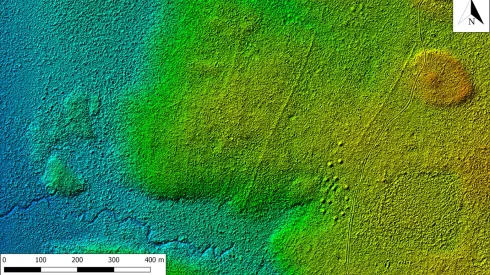
Hundreds of burial mounds found in Białowieża Forest
Nearly 600 burial mounds, nearly 800 mounds of various functions, remains of ancient fields - these are just some of the discoveries made by archaeologists in the Białowieża Forest.
-
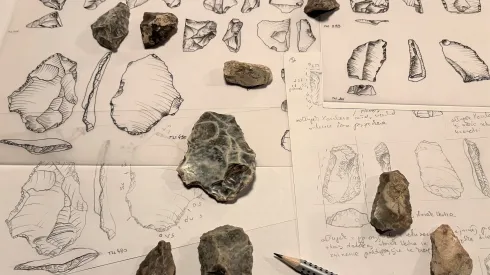
Flint tools found in cave among the oldest ever discovered in Poland
Flint tools discovered over 50 years ago in Cave Tunel Wielki (Małopolska) are half a million years old and among the oldest man-made objects in today's Poland.
-
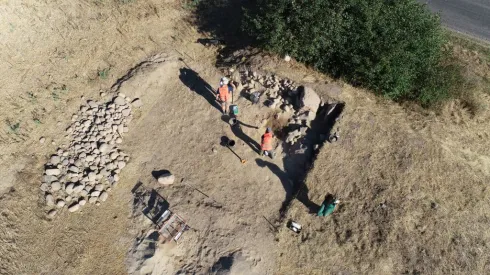
Human skull found at site of Bronze Age hoard discovery
A human skull and animal remains have been found in the place where one of the greatest hoards from the late Bronze Age in Wielkopolska was discovered several decades ago.
-
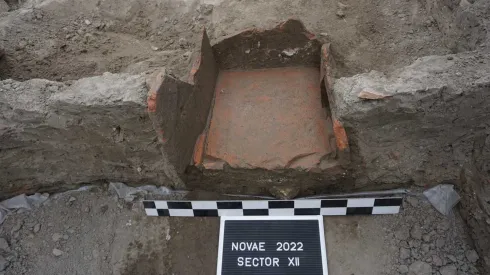
Archaeologists find ancient 'fridge' in Roman camp
Polish archaeologists have discovered an ‘ancient fridge’ during excavation work at a Roman legion camp in Bulgaria.



